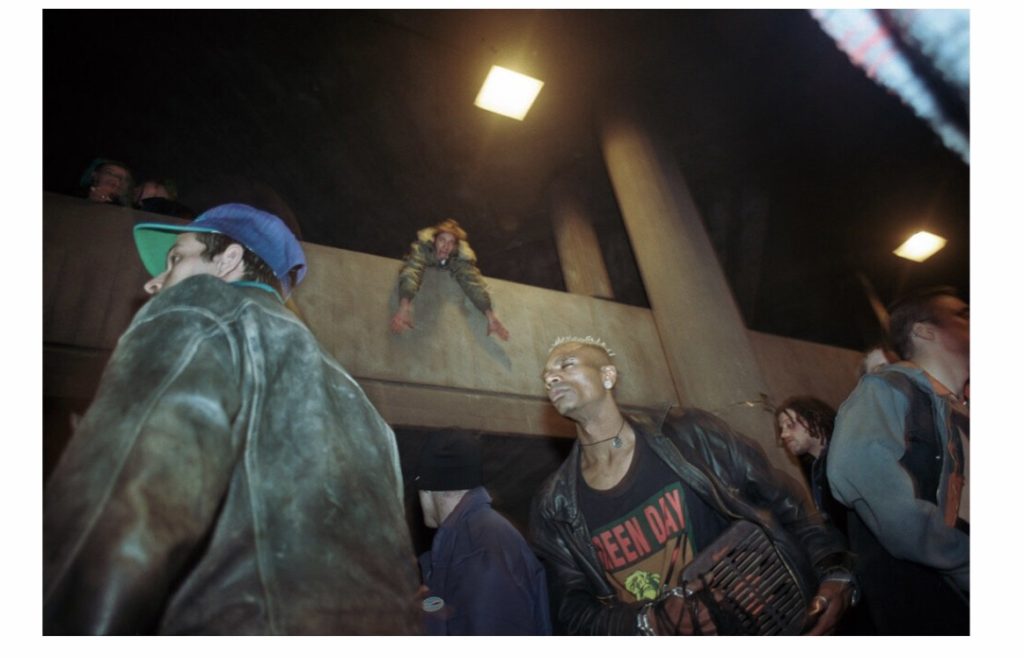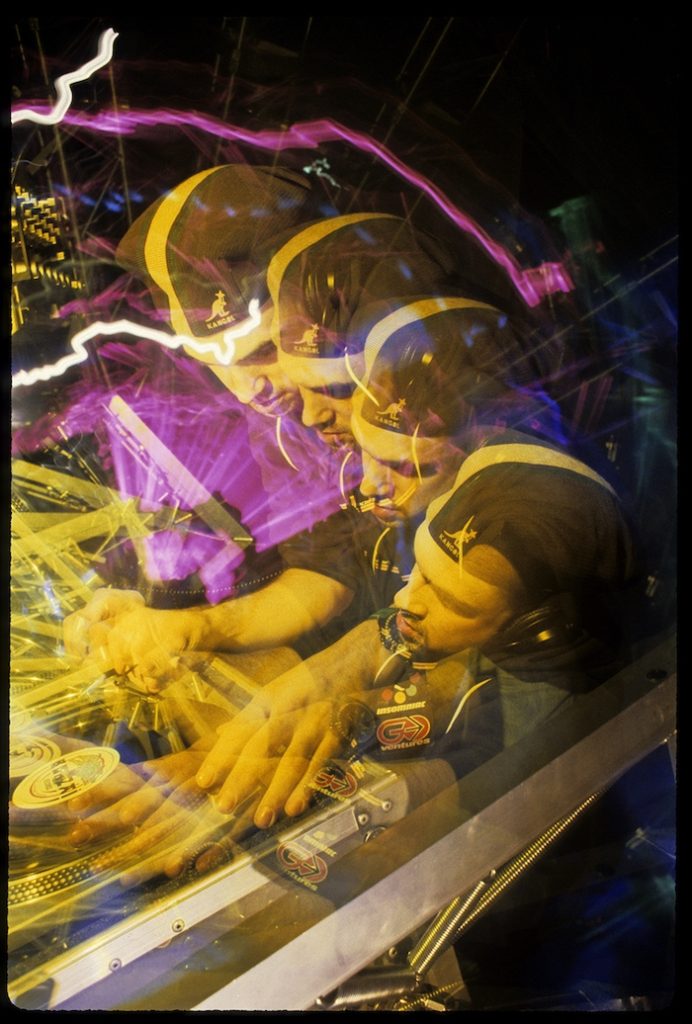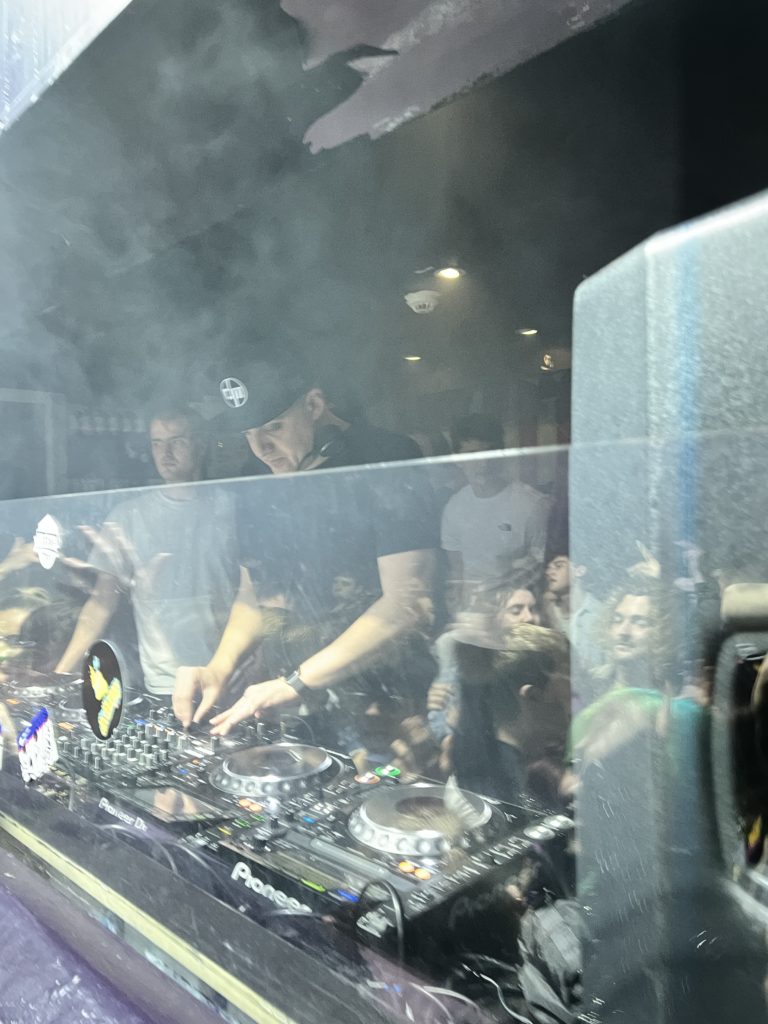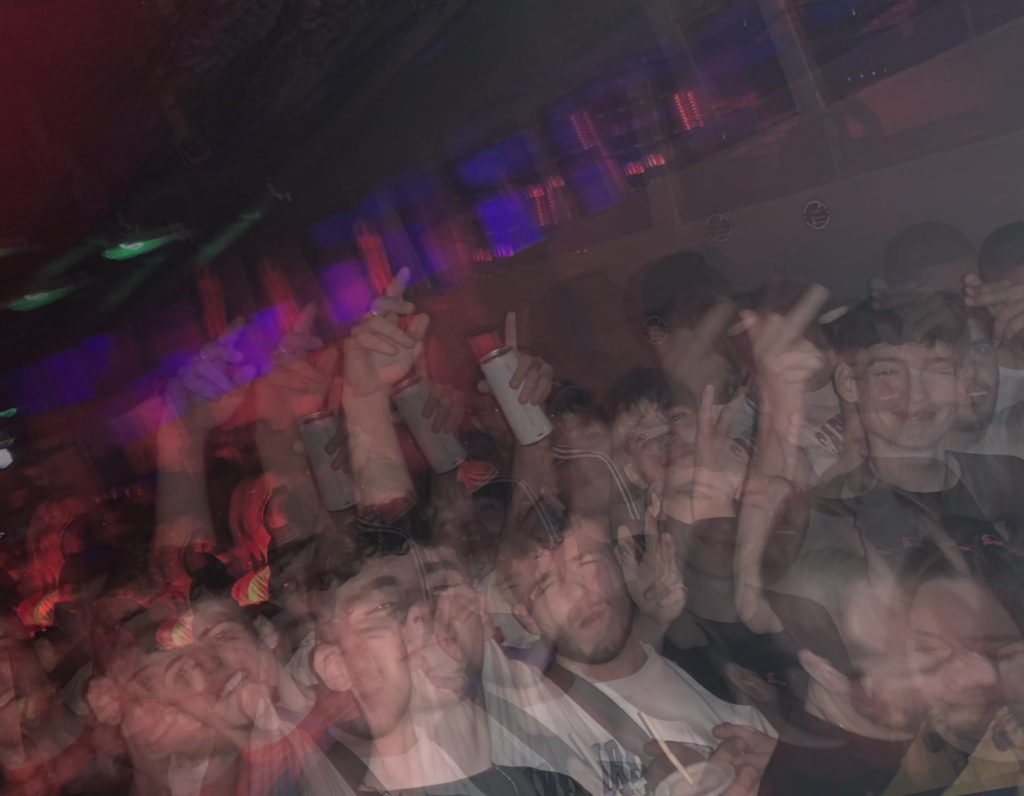Week 15: 5 – 9 Jan
1. Literary Sources
2. Essay Question
3. Essay Plan
- Research and identify 3-5 literary sources from a variety of media such as books, journal/magazines, internet, Youtube/video that relates to your personal study and artists references .
- Begin to read essay, texts and interviews with your chosen artists as well as commentary from critics, historians and others.
- It’s important that you show evidence of reading and draw upon different pints of view – not only your own.
- Take notes when you’re reading…key words, concepts, passages
- Write down page number, author, year, title, publisher, place of publication so you can list source in a bibliography
- Essay question:
- Opening quote
- Introduction (250-500 words): What is your area study? Which artists will you be analysing and why? How will you be responding to their work and essay question?
- Pg 1 (500 words): Historical/ theoretical context within art, photography and visual culture relevant to your area of study. Make links to art movements/ isms and some of the methods employed by critics and historian. Link to powerpoints and resources above about art movements and isms.
- Pg 2 (500 words): Analyse first artist/photographer in relation to your essay question. Present and evaluate your own images and responses.
- Pg 3 (500 words): Analyse second artist/photographer in relation to your essay question. Present and evaluate your own images and responses.
- Conclusion (250-500 words): Draw parallels, explore differences/ similarities between artists/photographers and that of your own work that you have produced
- Bibliography: List all relevant sources used
Essay Draft
Intro: “When I got back to my classes early Monday, I tried to carry on as if my life had not just been altered forever.” (Michael Tullberg)
The area in which I am studying is the drum and base community. I will be diving deep into what happens within the subculture of the drum and base scene. For example, people enjoying the events due to it being an escape of reality, the atmosphere people are engulfed in, how intoxicated people can get within these events and how the DJ’s get involved with everyone at these events. The artists that I will be studying are Mike Brodie, Michael Tullberg and Adrian Fisk. I will be analysing specific work that these photographers have made based on subcultures, such as; Adrian Fisk’s (London Acid City), Michael Tullberg’s (Dance Floor Thunderstorm) and Mike Brodie’s (Riding the Rails).
Moreover, as an outsider to these subcultures looking in, it is appealing to me as I get to look into a whole different world in which people lived. Although I have been to drum and bass events, personally I would say as an individual I don’t have much experience in being an insider to this subculture as there are people who are involved immensely within the scene. For example, DJ’s, people working at the events, photographers, videographers and so on. However, as someone who attends these events my position between being an outsider and insider is blurred. The audience and crowd are paramount to the identity and existence of the drum and bass community.
I will be responding to this by explaining how it gives the opportunity for individuals who have no understanding of certain subcultures, to get an understanding on why people in these subcultures lived a certain way. Therefore, I believe these subcultures could even change people’s opinions on their lives, on how they decide to live their lives as they get so see other perspectives of how people live. This in turn, will provide new ideas or change perspectives of people who consider themselves outsiders. Another way in which I will be responding to their work is through photographs that I will generate based on the subculture of drum and bass. In order to make these pictures, I will have to consider the ethics of which pictures will be correct to produce, this is due to the fact that the drum and bass culture does have the side of substances being used in these events. Therefore, I will have to think of questions such as; When is it ok to take a photograph? How responsible is a photographer for the way a photograph is represented? Can Photographs hurt people? Should you always seek permission of your subjects before taking their photograph? These questions are up in the air for me as I am an outsider looking in. Meaning that people might not be comfortable with me taking pictures of them as I am not known as a photographer within the subculture.
(Source comes from https://www.huckmag.com/art-and-culture/a-photographers-elegy-to-the-evolution-of-drum-and-bass/)
PG1: Realism is a photographic and artistic movement that emerged in the world of photography in the 1910s. My research approach focuses on documentary photography, a form of live photography, classified as realism. Realism differs from figurativism in that it includes more animistic methods applied to purely documentary works. Photojournalism focuses on establishing photography as an art form rather than a documentary medium. He focused on breaking away from commercialism and turning photography into a full-fledged manual process with the desire to achieve an aesthetic that makes photographs look like works of art, such as paintings. and drawings using various ways to manipulate images from blurred lenses, scraping negatives. and use chemicals in adarkroom. Unlike pictograms, realism is concerned with creating images that resemble what the photographer sees through the camera’s viewfinder. Realism emphasizes geometric framing and emphasizes form and form with an almost abstract aesthetic, as noted by two of the early realist photographers, Alexander Rodchenko and Jaromir Funke. These two images provide insight into how realism is incorporated into photography overall.
“A photographer’s elegy to the evolution of Drum and Bass”. Eddie Otchere was a photographer who spent a good part of the 90’s capturing the evolution of the Drum and Bass scene. The genres developed from Jungle, which then advanced to the genres of garage and grime. There is a book titled “Who Say Reload” which offers a history of the movement’s mentioned earlier. A quote that Otchere states from the book is “I hope the book reminds people of how good it felt to dance as a group of people together,” and “All races dancing together… with no judgment, just good drugs.”. In the early 90’s the rave scenes were usually held up on random fields with loads of people turning up to them. However, the scene was on a major crackdown by the government, meaning that the government started having authorities turn up to these random raves, with attentions of arresting people and shutting it down. Although authorities would turn up, the people within these subcultures often indifferent in reaction to authorities turning up as there would be reports of police turning on sirens for people to disperse, but people would just start dancing to the sirens.
In the late 90s, the raves started to move from the fields into the cities. In the early 90s the Tory government started to collapse where “Everything in the country was broken, finished and done,” remembers Otchere “As young people, we just wanted to have a good time – and we built a culture with that.” Empty spaces in the city started to get flooded as young people would show up to them, bringing sound systems and lights to dance all night. This then evolved the rave scene from once being an underground scene, which further developed it to become more mainstream giving way to clubs.
Overall, from the pictures that where taken in the book “Who Say Reload”, the pictures seem to fall in the bracket of documentary, which ash its roots in realism. This comes across with most photography that is taken for rave scenes, or in the subculture of night clubbing (also apparent with the photographers mentioned earlier). The reasoning behind this, is because images taken within this subculture are captured in the moment, meaning that the images aren’t staged/ prepared for. This is arguably the greatest way to capture an image due to the rawness of the image as the photographer couldn’t replicate the photo. Meaning no editing or changes had to be made to the image making the image as authentic as possible. Furthermore, realism in photography gave birth to photojournalism/ documentary photography because they go hand in hand with each other. This come across with most photography in the subculture of nightclubbing. This is because photographers who get images of this subculture are documenting a subculture that people wouldn’t have experienced, heard of or even understand the subculture, hence why realistic images are captured in order for outsiders to get a “real” insight on what a subculture is all about giving them a further understanding visually and contextually in documentation.

PG2: Adrian Fisk’s images answers my question perfectly as he portrays the “counterculture” (which he describes his subculture that he took images of) through the use of realism. This is a great way of portraying subcultures in his documentation of the rave scene in in the late 90s because people who look at the images in the book get to see the rawness of the subculture as there was “no laws, no rules, no dress code, a limitless supply of drugs and a soundtrack of pulsating Acid Techno.” As you can see from the image presented, you can see it is a realistic image from the angle of which he has taken the image from, which appears to be from about his waist facing up to the people in the image. Moreover, no one in the image is posing to the camera and people who are closest to the image close their eyes as they are surprised from the flash on the camera, further proving that the image is realistic as it wasn’t planned. Furthermore, you can see from the image how everyone is dressed in their own sense in what they feel comfortable with and people of different races are all gathered up in one closed in area to have fun till they can’t anymore. This also answers my question as you can see what this subculture represents. Which to me appears to be anyone who is wanting to have fun, uniting together no matter what race, what fashion sense or even age. This shows off the beauty of this subculture as these people could organise a fun time whenever they would like in order to have an escape from the reality of the depressing world that everyone tries to ignore.
Image analysis:
As for these set of images, I believe they answer my question pretty well because in these images I have captured the raw emotions and reactions of the people. Furthermore, in the images you can see the people in the images aren’t looking into the lens expecting the picture to be taken, meaning that the images where taken randomly meaning I got to get authentic images of the people thriving in the drum and bass environment. In the first image, you can see a range of emotions in the crowd with the different facial expressions people have from happy, to sad, to straight faces and even people doing different things with hands in the air, holding their phones up or just being neutral. As for the second image, you can see once again that there is a mixed range of emotions again. However, in this image there is a red and yellow light which is directed to two people in the image, which in my opinion makes them the focal point of the image. Although if you where to look away from the focal point you can see other people in the background of the image who are also having a good time within the environment. For the final image, I like this one the most because in the image you can see I got a picture of the DJ minding his own business, trying his best to entertain the crowd he has in front of him. Moreover, in the image you can see that there is a plastic barrier in front of the DJ which got a reflection of the crowd that he has in front of him. This stood out to me as I captured two different photo angles in one which in my opinion is amazing as the image displays the audience and the DJ in one. This is key as the energy from the crowd in this subculture is highly dependent on the energy the DJ gives off to the crowd.

PG3: Michael Tullberg, also answers my essay question with his images however, he has a different approach compared to Adrian Fisk and here is why. As you can see from the images represented from Michael Tullberg, he has altered his images making them abstract. For example, you can see that in one of the images there appears to be 4 of the same DJ in one image. Therefore, this image responds accordingly to my essay question because Michael Tullberg is an insider to the subculture. This means that he has decided to edit the image in a way where visual euphoria is present due to the use of substances in this subculture, which enhances the experience of the rave scene. Moreover, this also shows outsiders what the subculture represents as they could gather that drugs are used in this subculture from the image as the image is abstract due to it looking distorted, like someone who would have taken substances in order to enhance their visual experience. Overall the image is effective as Michael Tullberg includes aspects of realism, he shows outsiders what people in this subculture are actually experiencing visually through substances, giving outsiders a more in depth/ realistic approach on what it is like to be a part of this subculture.
As for my images, they also correspond to my essay question as they are showing how the drum and bass subculture is being represented from an insider and outsider’s perspective. This is because as an insider to the subculture I know as an individual what happens within these events in terms of the crowd that turns up. Therefore, with the images it could represent the insiders as in them being able to see the image for what it is, all distorted due to the use of substances. Further meaning that the insiders to this subculture could almost embody the camera lens as they get a first-hand experience of these euphoric visuals. In terms of outsiders, the images show them what it is like to be submerged within the drum and bass scene. This is because from the images being abstract, outsiders looking at the images would gather the idea that these images are made due to substances being used which would enhance the visual experience of an individual in this subculture. Moreover, the images could give an understanding to the outsiders on what the atmosphere is like within the subculture. This is because from the distorted images, outsiders looking at these images could get the understanding that these events are vibrant, loud and energetic. In addition, outsiders could understand that this would mean that people within this subculture are all about having a good time. Meaning there is no discriminating or judgement at these events as everyone is there for the same purpose leading to a community of people being brought together.
Conclusion: In conclusion, it is transparent that Michael Tullberg alters his images in making them somewhat abstract as a method of giving outsiders an understanding of what the rave subculture is about as a community. There is an air of spontaneity within the work, it is direct and lively…just like the music. This is shown throughout many of the images he has produced, using editing as an enhancement to the images, to get across that this subculture has a heavy influence with substances being used, which is where he most likely gets his inspiration for editing his images. Here, Michael has been able to show what type of world the “rave” subculture is living due to the edits demonstrating that of a visual experience no other could even imagine. In addition, outsiders gain the understanding of this community being strongly united due to people loving the experiences they have for these events. Meaning that the community is very strong, having the people within this subculture do anything to keep it together, this has been shown with history of rave subcultures always making their way to keep the “rave” alive. My work that I will produce for my personal study will resemble most of the elements demonstrated in Michael’s work. One of which will be the way I approach my edits for my images in terms of making the look distorted or acid like. The aim in developing these images will be to highlight what the experience is like through the perspective of someone who is delved deep into this subculture of substances, visuals and everyone enjoying their life in that moment no matter what. However, I will incorporate the skills of Adrian Fisk by having some images of realism. The reasoning behind this is so that outsiders can get an authentic touch to the subculture of the drum and bass community. Moreover, outsiders will get to see genuine emotions from these images, giving them a feel on what the atmosphere is like in this community.
Bibliography: (Source comes from https://www.huckmag.com/art-and-culture/a-photographers-elegy-to-the-evolution-of-drum-and-bass/)( https://dancefloorthunderstorm.com/) https://www.adrianfisk.com/london-acid-city






Francisco…you have written sincerely about your unique perspective on the dance sub-culture here.
You should now aim to add a section at the start that defines : realism and also documentary approaches. There is a history and tradition to this of course, and was initially a rejection of pictorialism. Refer to your previous blog posts in order access key sources and quotes.